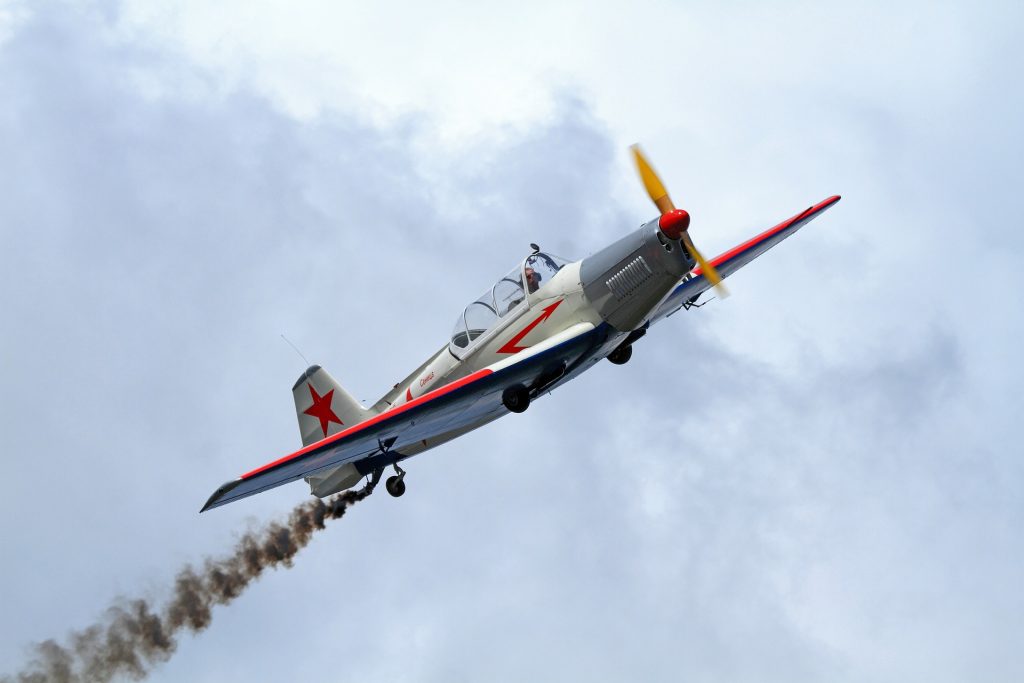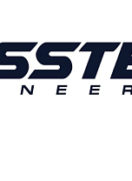“A Date Which Will Live in Infamy” 75 Years Later
Seventy-five years ago, on December 7, 1941 at 7:55 a.m., hundreds of Japanese airplanes descended on the American naval base at Pearl Harbor. At that time, Hawaii was not yet a state but both the whaling and the sugar industries drew American traders to the islands. The U.S. military saw Hawaii as a strategic hub, and the American forces that would eventually topple the Hawaiian monarchy grew stronger. This increasing U.S. military power made Hawaii Japan’s target, in hopes of eliminating the U.S. Pacific Fleet stationed at the Pearl Harbor naval base.
Over 2,000 members of the American military were killed and another 1,000 were wounded. The attacks destroyed over 300 aircrafts and almost two dozen ships. On December 8, 1941, President Franklin D. Roosevelt delivered his famous speech, labeling December 7th “A Date Which Will Live in Infamy” and marking America’s entry into World War II.
Bravery, courage, strategy, and innovation all contributed to the Allies’ victory of World War II. Seventy five years later, here’s a look back at some of the aviation technology that helped The Allies secure victory.
The Jet Powered Aircraft
The World War II era marks the first generation of aviation technology with jet powered engines. These planes, with jet engines instead of propellers pushing them forward, could reach higher speeds than previous aircrafts. The first jet, known as Heinkel He 178, was built and piloted by Germans in 1939. The first American jet was the Bell P-59 Aircomet, tested in secret for three years before debuting to the public in 1943.
Radar
The invention of radar had a huge impact on World War II aviation. By the early 1940’s, at least eight countries including the United States, the United Kingdom, Germany, the Netherlands, Japan, Italy, and the USSR had some version of radar technology. This technology enabled Allies to monitor potential threats in multiple directors, even at night, far more efficiently than human patrols.
Radar played an interesting role in the Pearl Harbor attacks. Still in its early stages at the time, officers saw something approaching on the radar-but they wrote it off as a “blip.” They did not realize it was the first of 180 bombers rapidly approaching from Japan. The officers were still learning the new technology and did not realize what was approaching.

The SBD-3 Dauntless Dive Bomber
The SBD-3 Dauntless Dive Bomber was one of many planes built to fight in World War II. Engineered to maneuver and dive bomb, this plane could plummet towards the ground at an 80 degree angle. It was able to travel nearly perpendicular to the ground at a maximum speed of 250 miles per hour. Introduced in 1941, this plane could carry up to 1,000 pounds of bombs and was equipped with two .50 caliber and two .30 caliber machine guns. This type of plane is perhaps most celebrated for its use during the 1942 Battle of Midway where it sank at least four Japanese carriers.
The B-29 Superfortress
The B-29 Superfortress was one of the most advanced aircrafts of the era. This Boeing aircraft was the heaviest of its time and was equipped with remote controlled guns and more crew space. The aircraft was built so crew members could move about the plane and be prepared to attack in multiple directions. Over 2,700 of these planes were built during World War II. This type of aircraft was also responsible for dropping the historical and catastrophic bombs on Hiroshima and Nagasaki which led to Japan’s surrender.
From the Other Side of the Battle Front: The Yokosuka MXY7-K1 Ohka Kamikaze Plane
As allied forces grew stronger, the Japanese air force formed a special unit to fight back. Their mission was to drive their planes into allied ships and take as many lives as possible. The advantage of this type of attack was that little could be done to defend against it. These flights were essentially suicide missions, taking the lives of over 2,000 Japanese pilots during WWII.
The Yokosuka MXY7 Ohka was designed specifically for this purpose. It was built to be small, fast, and maneuverable. These planes were launched from aircraft carriers and pilots were locked in from the outside. These pilots, many of them young men who were eager to serve their country with honor, would then reach top speeds and fly their planes into allied warships.




